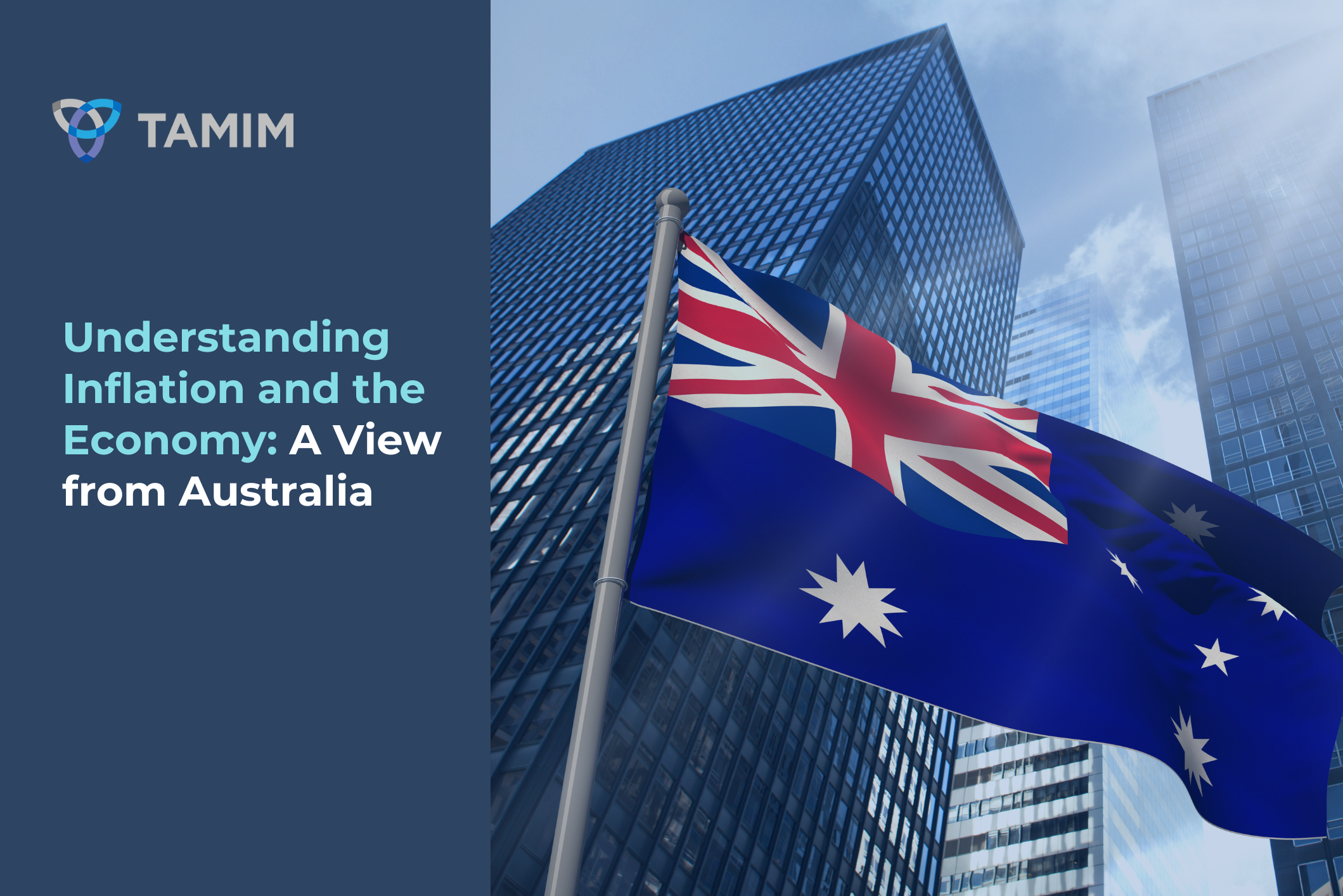Inflation. It’s a term thrown around by newsreaders and politicians, often with a tone of fear. But what does it really mean for Australians? More importantly, what’s happening right now in the United States, and how will that impact us here?
As Australians, we need to pay attention to what’s happening in the global powerhouse that is the US economy. And right now, something interesting is going on. Despite all the noise about rising prices, it appears that inflation is cooling down faster than most analysts predicted. Understanding why this is happening and what it could mean for Australia is crucial if you want to make smart investment decisions.
What is Inflation and Why Should Australians Care?
Inflation refers to the general increase in prices over time. It’s why a carton of milk costs more today than it did ten years ago. Moderate inflation is normal and even healthy for an economy. But when inflation surges too quickly, it can erode purchasing power, damage savings, and disrupt economic stability.
In Australia, inflation rose to a 32-year high of 7.8% in the December 2022 quarter before gradually falling to 5.2% by the September 2024 quarter (ABS). But the story doesn’t end here. Australia is heavily influenced by the economic conditions of major trading partners, particularly the United States. And right now, the US is dealing with some interesting developments that could spill over into our markets.
Why Inflation is Dropping in the US
While everyone has been expecting inflation to remain high, signs are emerging that it is cooling down. Here’s why:
-
Tariffs and Their Aftermath
The US implemented tariffs against major trading partners, including Canada, Mexico, and China. This led companies to stockpile goods before prices went up. But now that those stockpiles have dwindled, businesses are finding it harder to pass on the higher costs to customers.
The result? Profit margins are shrinking, investment is slowing, and layoffs are increasing. This downward pressure on prices is what we call disinflation. Companies can’t charge as much as they want because consumers simply can’t afford it. -
Falling Consumer Demand
Consumer spending, which makes up around 70% of the US economy, has been weakening. According to the US Federal Reserve’s Economic Data (FRED), real personal consumption expenditures grew just 1.4% year-over-year in the fourth quarter of 2024, down from 2.7% a year earlier. This decline in spending power is contributing to the slowdown in inflation.
-
Credit Squeeze
Banks are tightening their lending standards. According to the US Federal Reserve, mortgage applications have dropped by over 40% from their peak in 2022, and rejection rates for credit cards and auto loans are at their highest levels since 2013. If people can’t borrow, they can’t spend. And when people aren’t spending, prices tend to fall.
-
The Retirement Factor
As Baby Boomers retire, they naturally spend less. This is not just a US phenomenon; Australia will face similar dynamics as our own population ages. But in the US, with over 40% of the stock market and 25% of residential real estate owned by retirees (US Census Bureau), the pressure on asset prices is real.
Why This Matters for Australia
Australia’s economy is closely tied to the US through trade, investment, and financial markets. When inflation dynamics change in the US, there’s often a ripple effect here. Lower inflation in the US means the Federal Reserve could reduce interest rates sooner than anticipated. If that happens, there’s a strong chance the Reserve Bank of Australia (RBA) will follow suit.
Moreover, US financial markets are a major influence on global capital flows. If the Fed eases monetary policy, it could lead to a weaker US dollar, stronger Australian dollar, and better conditions for our exporters.
Is a Recession Coming?
Many signs suggest the US is either already in a recession or heading there. Companies are laying off workers faster than expected. Banks are making it harder for people to get loans. And more people are relying on credit cards just to make ends meet. According to the Cleveland Fed, CEOs now expect inflation to be around 3.2% over the next year — the lowest prediction since 2021.
Meanwhile, according to Truflation, a real-time data source that tracks over 18 million data points, inflation could drop to as low as 1.5% within the next few months. If this is accurate, the US Federal Reserve may be far behind the curve in its planning.
What Could Happen Next?
If the US continues on this path, we’re likely to see:
- Interest rate cuts sooner than the market expects.
- Shifts in global capital flows as investors chase yield in different regions.
- A stronger Australian dollar if the US dollar weakens, which could impact our exports.
- Improved conditions for growth stocks as falling interest rates make borrowing cheaper.
The TAMIM Takeaway
At TAMIM, we keep a close eye on the global economy, particularly the US, because its moves have direct implications for Australia. The signs are clear: Inflation in the US is cooling, and if the Federal Reserve fails to adjust its policies quickly enough, there could be significant opportunities for astute investors.
Whether it’s identifying undervalued assets, positioning for interest rate cuts, or taking advantage of a stronger Australian dollar, now is the time to prepare. The market often punishes those who react too late. At TAMIM, we believe in being proactive. And right now, the proactive approach means understanding how these global trends will impact your investments.
Want to know how to best position your portfolio for what’s to come? Contact us at TAMIM to discuss your investment strategy today.

